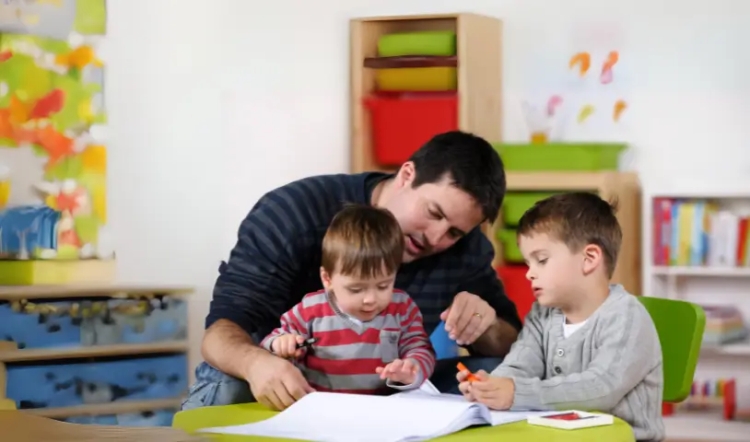Effective ABA Parent Training: Setting Goals That Foster Independence
Helping children with autism grow into independent individuals is a journey that involves parents, teachers, and therapists working together.

Helping children with autism grow into independent individuals is a journey that involves parents, teachers, and therapists working together. One important part of this journey is parent training through ABA (Applied Behavior Analysis). By learning the right aba therapy techniques for parents, families can better support their child's development at home and in daily life.
What Is ABA Parent Training?
ABA parent training teaches caregivers how to apply behavior strategies used by therapists. These trainings help parents understand how to teach skills like communication, self-help, and social interaction in everyday situations.
Why Goal Setting Matters
Setting clear and achievable goals is one of the most powerful tools in ABA training. Goals guide the direction of learning and help track a child's progress over time. They ensure that both parents and therapists are on the same page.
Making Goals Child-Centered
Every child is different, and so are their needs. Goals should be based on the child’s interests, strengths, and areas where they need the most support. This helps keep the child motivated and engaged in learning.
Short-Term vs. Long-Term Goals
Short-term goals focus on skills that can be learned in a few weeks or months, like brushing teeth or asking for help. Long-term goals aim at bigger changes, such as living more independently or building friendships.
SMART Goals in ABA
SMART goals are:
-
Specific – Clear and well-defined
-
Measurable – Easy to track
-
Achievable – Realistic for the child
-
Relevant – Matches the child’s needs
-
Time-bound – Has a deadline
Using SMART goals makes it easier for parents to stay focused and celebrate progress.
The Parent’s Role in Skill Development
Parents are with their child more than anyone else. Their role in teaching daily routines and problem-solving skills is critical. When parents apply ABA strategies consistently, learning becomes a part of everyday life.
Encouraging Communication Skills
One key goal area in parent training is communication. This can include using words, pictures, or devices to help the child express needs and wants. Parents learn how to encourage these skills during play, meals, or outings.
Teaching Daily Living Skills
Independence often starts with simple daily routines. Parents are taught how to support their child in activities like dressing, feeding, or cleaning up. These small wins build confidence and lead to more independence over time.
Behavior Management at Home
Another focus of ABA training is reducing problem behaviors. Parents learn how to respond calmly, give clear instructions, and use positive reinforcement. These tools help create a peaceful and structured home environment.
The Importance of Consistency
Children with autism benefit from routine and structure. ABA training shows parents how to be consistent with rules and responses, which helps children understand what is expected and feel secure.
Working With Teachers and Therapists
Parent training becomes even more powerful when it's connected to school support. For example, when a child receives in-school aba therapy, parents can continue the same strategies at home. This teamwork between school and home leads to better results.
Tracking Progress Together
Parents are taught how to collect simple data at home. This could include counting how often a skill is used or noting how long it takes the child to complete a task. Sharing this information with the ABA team helps improve future plans.
Supporting Social Skills and Play
ABA parent training also includes helping children learn how to play and make friends. This might involve taking turns, sharing, or starting conversations. Parents can use role-playing and fun activities to teach these skills.
Dealing With Setbacks
Progress is not always smooth. Some days will be hard. Training helps parents stay calm, adjust goals if needed, and stay hopeful. It also teaches parents how to handle challenges without giving up.
Celebrating Success
Each step forward deserves to be noticed. Whether it’s tying shoes, using words to ask for juice, or making eye contact, celebrating achievements builds motivation for both the child and the family.
Building a Future of Independence
The ultimate goal of ABA training is to help children become as independent as possible. This means being able to communicate, care for themselves, and enjoy relationships. Parent training brings families closer to this goal.
Conclusion
Effective ABA parent training is not just about learning behavior strategies. It's about setting clear, personal goals that help a child grow and thrive. When parents use aba therapy techniques for parents and work alongside school and therapy teams like those providing in-school aba therapy, children are more likely to succeed. With patience, practice, and support, every child can take important steps toward independence.
What's Your Reaction?


















.jpg)